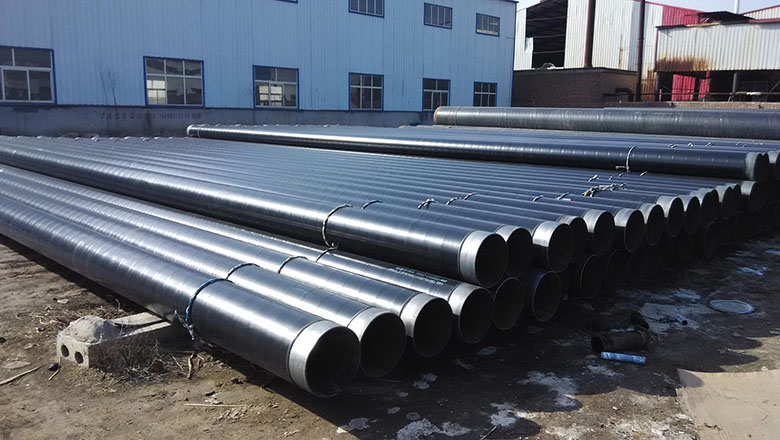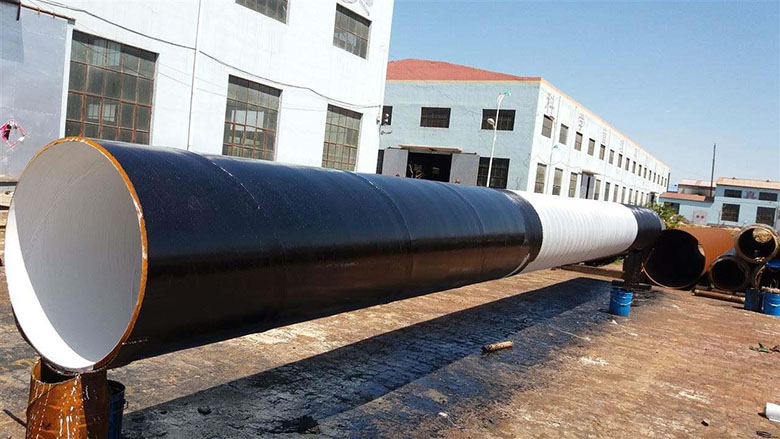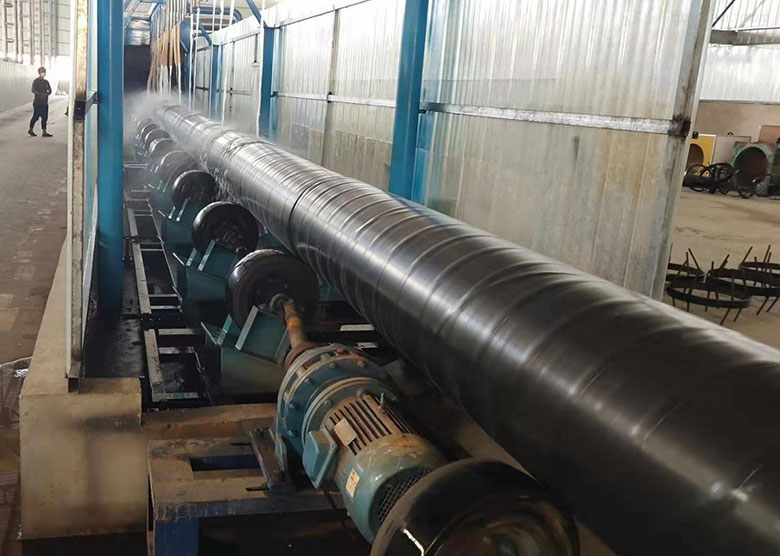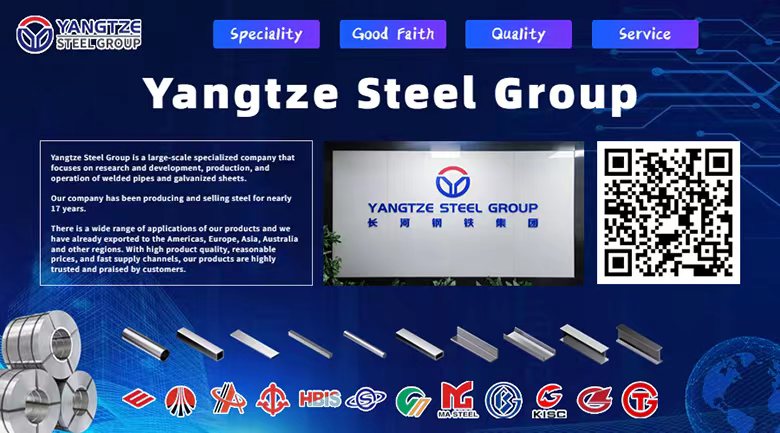3PE anti-corrosion steel pipe factory inspection
The inspection of qualified 3PE anti-corrosion steel pipes is divided into two steps.
1. Quality inspection:
①Material inspection: Check the raw material quality of the steel pipe to ensure that its chemical composition, mechanical properties, etc. meet relevant standards.
② Dimensional inspection: Measure the outer diameter, wall thickness, length, etc. of the steel pipe to ensure that the dimensional accuracy complies with regulations.

③Appearance inspection: Check whether there are cracks, scars, folds and other defects on the surface of the steel pipe, and whether the coating is uniform, free of bubbles, and free of falling off.
④ Non-destructive testing: Use non-destructive testing methods such as ultrasonic and radiation to check whether there are welding defects, cracks and other problems inside the steel pipe.

⑤ Mechanical performance testing: Conduct mechanical performance tests such as tensile, impact, and bending on the steel pipe to evaluate its load-bearing capacity and service life.
2. Coating inspection and acceptance
① Coating thickness detection: Use coating thickness gauge and other equipment to detect whether the thickness of 3PE anti-corrosion coating meets the standard requirements.
②Coating adhesion test: Check whether the adhesion between the coating and the steel pipe base material meets the requirements through test methods such as cross-hatch method and pull-out method.

③ Coating appearance inspection: Check whether the coating surface is flat and smooth, without defects such as bubbles, cracks, and sags.
④Acceptance standards: According to the contract requirements and relevant standards, conduct a comprehensive evaluation of the quality of the coating to ensure that it meets the acceptance standards.

Editor: Lucas
Mail: lucas@yangtzesteel.com








